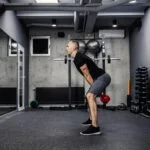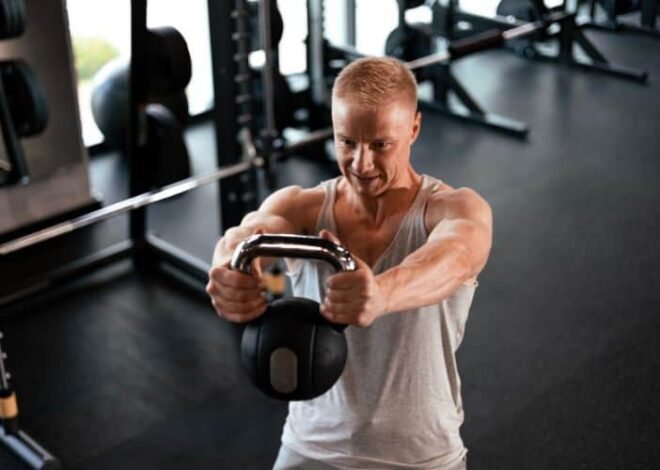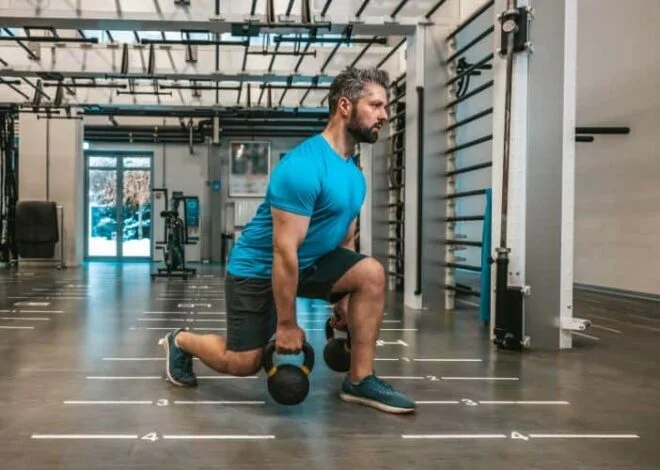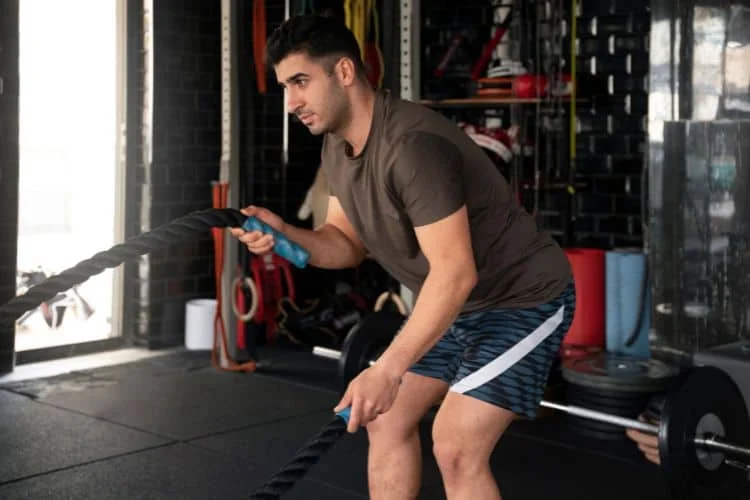
Calorie Burning Workouts A Guide To Effective Exercise
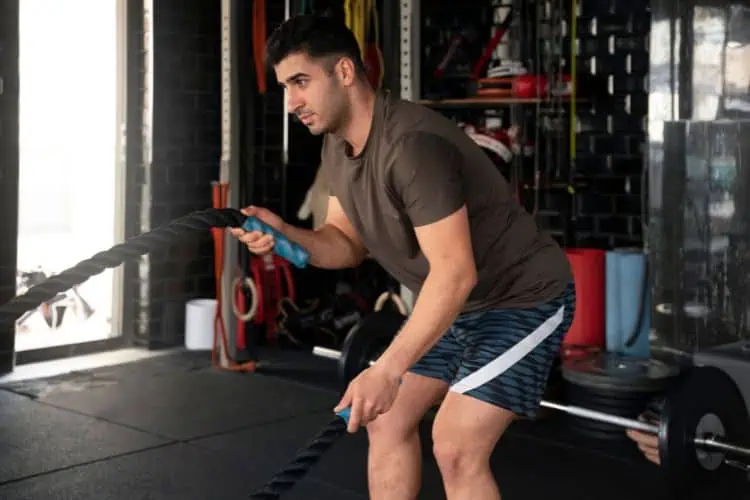
In today’s health-conscious world, burning calories through exercise has become a major focus. Whether the goal is weight loss, fitness, or simply improving overall health, calorie-burning workouts play a crucial role. This comprehensive guide will take you through some of the most effective calorie-burning workouts, tailored for various fitness levels and preferences. With this guide, you’ll discover ways to optimize your workout routine for maximum calorie burn and understand how to make each session count.
The Science Behind Calorie-Burning
How Does Your Body Burn Calories?
Calories are units of energy. When you exercise, your body requires extra energy to fuel your muscles, leading to calorie burn. This energy comes from the carbohydrates, fats, and sometimes proteins in your diet. The higher the intensity of the exercise, the more calories your body burns to meet its energy needs. Additionally, the body continues to burn calories even after the workout, known as the “afterburn” effect or excess post-exercise oxygen consumption (EPOC).
Factors Influencing Calorie Burn
- Intensity of Exercise: High-intensity workouts burn more calories in a shorter period compared to low-intensity workouts.
- Duration of Exercise: The longer you work out, the more calories you burn.
- Body Composition: Muscle burns more calories than fat, so individuals with higher muscle mass typically burn more calories even at rest.
- Age, Gender, and Weight: Younger individuals and men generally burn more calories due to higher muscle mass. Additionally, heavier people tend to burn more calories because their bodies require more energy to move.
High-Intensity Interval Training (HIIT)
What is HIIT?
High-Intensity Interval Training (HIIT) is a workout style that alternates short bursts of intense activity with brief recovery periods. HIIT workouts are popular for their efficiency in burning calories quickly, even after the session is over.
Why HIIT Workout Burns More Calorie
HIIT workouts engage multiple muscle groups, pushing your body into a state of metabolic overload. This intense effort raises your heart rate, forcing your body to use more oxygen during and after the workout, enhancing the afterburn effect.
Sample HIIT Workout
20-Minute HIIT Session:
- Warm-Up (3 minutes): Light jogging or jumping jacks.
- Interval 1 (1 minute): Burpees at maximum effort.
- Rest (30 seconds).
- Interval 2 (1 minute): High-knees sprinting in place.
- Rest (30 seconds).
- Interval 3 (1 minute): Mountain climbers.
- Rest (30 seconds).
- Repeat intervals for 15 minutes and cool down.
Benefits of HIIT
- Burns calories efficiently in a short time.
- Increases cardiovascular fitness.
- Can be done anywhere, often requiring no equipment.
Cardio Workouts for Maximum Calorie Burn
Running and Treadmill Workouts
Running is one of the simplest and most effective ways to burn calories. It can be done indoors on a treadmill or outdoors. Adding intervals or inclines can further increase calorie burn.
Tips for Maximum Calorie Burn While Running:
- Add Incline: Running on an incline burns significantly more calories.
- Interval Running: Alternate between high-speed and low-speed intervals to increase calorie expenditure.
- Use Your Arms: Swinging your arms can add intensity to your run.
Jump Rope
Jumping rope is an excellent cardiovascular workout that is both affordable and efficient. Just 10 minutes of jumping rope can burn as many calories as 30 minutes of jogging, making it one of the best options for those short on time.
Jump Rope Routine:
- Warm-Up: Start with a gentle pace for 2 minutes.
- High-Intensity Jumps: 1 minute of rapid jumping.
- Rest: 30 seconds.
- Repeat for 10-15 minutes.
Strength Training Workout: Building Muscle for Calorie Burn
Why Strength Training Boosts Calorie Burn
While cardio exercises primarily burn calories during the workout, strength training builds muscle, which in turn increases your resting metabolic rate. This means that your body will continue to burn more calories even while at rest.
Sample Strength Training Workout
- Squats: 3 sets of 12 reps. Squats engage large muscle groups, burning calories and strengthening the lower body.
- Push-Ups: 3 sets of 10-15 reps. Push-ups are excellent for building upper body strength.
- Deadlifts: 3 sets of 10 reps. Deadlifts target multiple muscle groups, making them effective for calorie burn.
- Lunges: 3 sets of 12 reps on each leg.
Incorporating Compound Movements
Compound movements like deadlifts, squats, and lunges work multiple muscle groups, which burns more calories compared to isolation exercises. Additionally, these movements help build functional strength, making daily activities easier and reducing injury risk.
Group Fitness Classes: Fun and Effective Calorie Burn Workout
Dance Cardio
Dance cardio, such as Zumba, combines rhythmic movements with high-energy music, providing an enjoyable way to burn calories. It’s ideal for people who enjoy social workouts and are motivated by a group environment.
Cycling Classes
Indoor cycling, like spinning classes, is a great option for a high-intensity, low-impact workout. These classes are usually designed with a mix of sprints, climbs, and intervals to keep your heart rate elevated, maximizing calorie burn.
Boxing and Kickboxing
Boxing-based fitness classes are an excellent way to improve cardiovascular fitness, coordination, and strength, all while burning significant calories. These workouts typically combine punches, kicks, and core exercises for a full-body calorie burn.
Calorie-Burning Workouts For Beginners
Walking
Walking is a simple yet effective workout for burning calories, especially for beginners. Increasing your pace, adding an incline, or carrying light weights can boost your calorie burn.
Low-Impact Workouts
For those who are new to exercise or have joint issues, low-impact options like swimming, rowing, and elliptical training are excellent choices. These exercises reduce strain on the joints while still elevating heart rate.
Beginner Workout Plan
- Warm-Up (5 minutes): Light cardio such as walking or dynamic stretching.
- Low-Intensity Cardio (20 minutes): Brisk walking or cycling.
- Bodyweight Strength Training (10 minutes): Try squats, push-ups, and planks.
Maximizing Calorie Burn Workout With Active Lifestyle Habits
Non-Exercise Activity Thermogenesis (NEAT)
NEAT refers to the calories burned during daily activities outside of formal exercise. Small actions, such as taking the stairs, walking during phone calls, or standing instead of sitting, can contribute to a significant calorie burn over time.
Making Small Changes to Stay Active
- Walk or Bike for Short Distances: Avoiding the car for short distances can increase daily calorie burn.
- Take Standing Breaks: Stand up and stretch every hour if you have a sedentary job.
- Household Chores: Cleaning, gardening, and other chores can add to your daily calorie expenditure.
Tips for Effective Calorie-Burning Workouts
Vary Your Workout Routine
Changing up your workout routine prevents plateaus and keeps you motivated. Alternating between cardio, strength, and flexibility exercises engages different muscle groups, boosting your overall calorie burn.
Monitor Your Progress
Tracking your workouts and calorie burn can help you stay motivated and adjust your routine as needed. Wearable fitness trackers can provide insights into your daily activity levels and how many calories you’re burning.
Fuel Your Body for Better Performance
Eating a balanced diet with sufficient protein, carbohydrates, and healthy fats supports your workouts and helps build muscle. Avoid exercising on an empty stomach, as your body needs energy to perform at its best.
Sample Weekly Calorie-Burning Workout Plan
Here’s a sample weekly workout plan for optimal calorie burning. This plan includes cardio, strength, and flexibility workouts to ensure a balanced and effective routine.
| Day | Workout Type | Duration |
|---|---|---|
| Monday | HIIT | 20 minutes |
| Tuesday | Strength Training | 30 minutes |
| Wednesday | Cardio (Running/Jump Rope) | 30 minutes |
| Thursday | Rest or Low-Intensity Walking | – |
| Friday | HIIT | 20 minutes |
| Saturday | Group Fitness (Dance Cardio/Boxing) | 45 minutes |
| Sunday | Flexibility (Yoga or Stretching) | 30 minutes |
Final Thoughts on Calorie-Burning Workouts
Calorie-burning workouts come in many forms, from high-intensity interval training and strength training to dance cardio and walking. The key is finding a routine that suits your preferences and lifestyle. By combining high-intensity workouts with strength training and maintaining an active lifestyle, you can optimize your calorie burn and work towards your fitness goals more effectively.
Staying consistent with your workouts, varying your routine, and making small active changes in your daily life are crucial for sustainable calorie burning. Whether you’re just beginning or looking to intensify your routine, remember that every step counts towards a healthier, fitter you.








